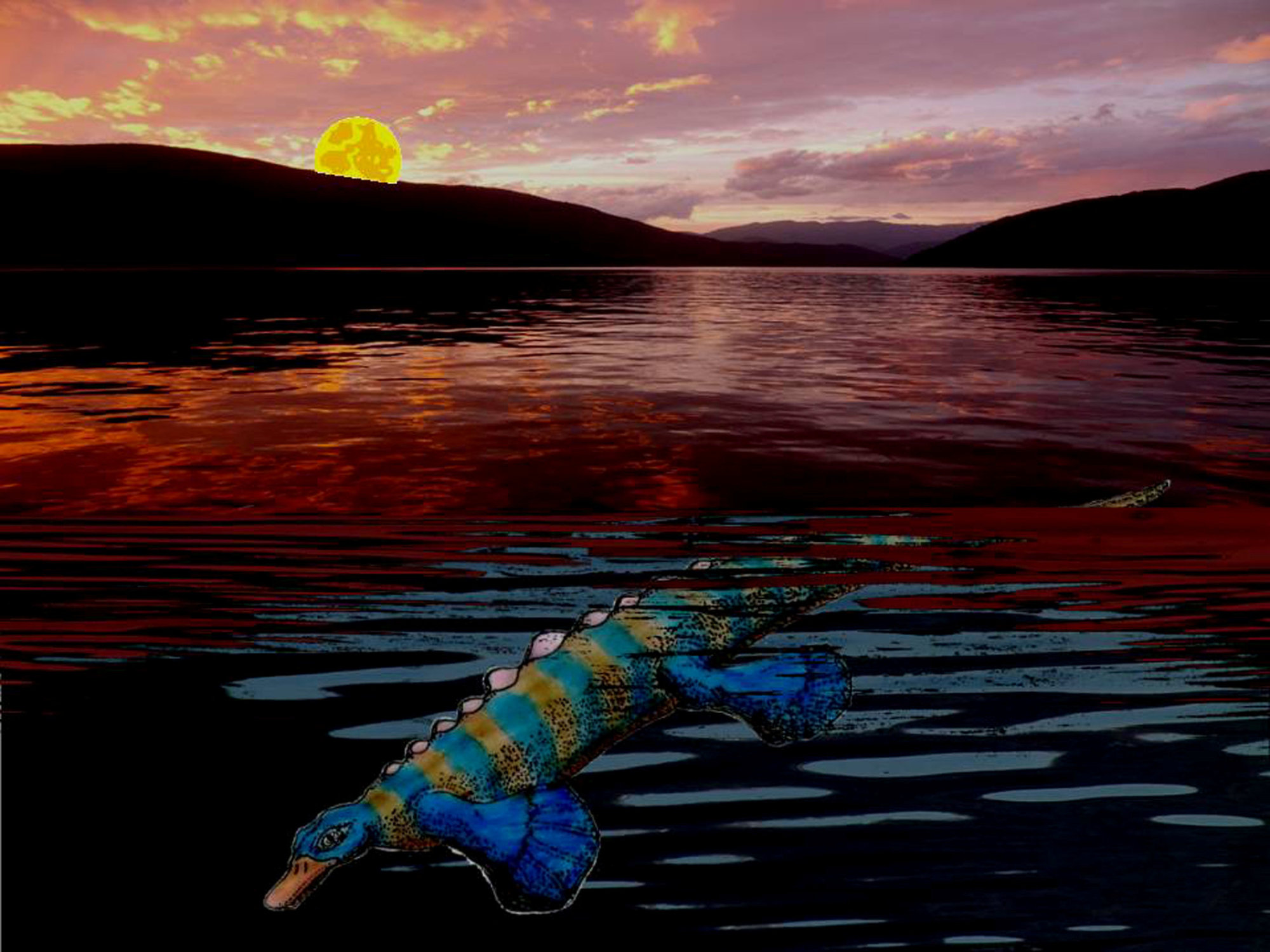In shallow warm seas about 247 million years ago in what is now China, an oddball marine reptile flourished in the aftermath of Earth's worst mass extinction, possessing a duckbilled snout and unusually small eyes that made it resemble a platypus.
Scientists on Thursday described fossils of the 3-foot-long (meter-long) creature, called Eretmorhipis carrolldongi, which boasted a head that looks too little for its body and weak vision that indicates it relied upon a sense of touch, not sight, to forage in murky water using its cartilaginous bill.
Eretmorhipis, previously known only from headless skeletons before new fossils were unearthed in Hubei province, appeared early in the Triassic Period in the wake of a mass extinction 252 million years ago, possibly caused by immense Siberian volcanic activity, that erased roughly 90 percent of species at the end of the Permian Period.
















With your current subscription plan you can comment on stories. However, before writing your first comment, please create a display name in the Profile section of your subscriber account page.